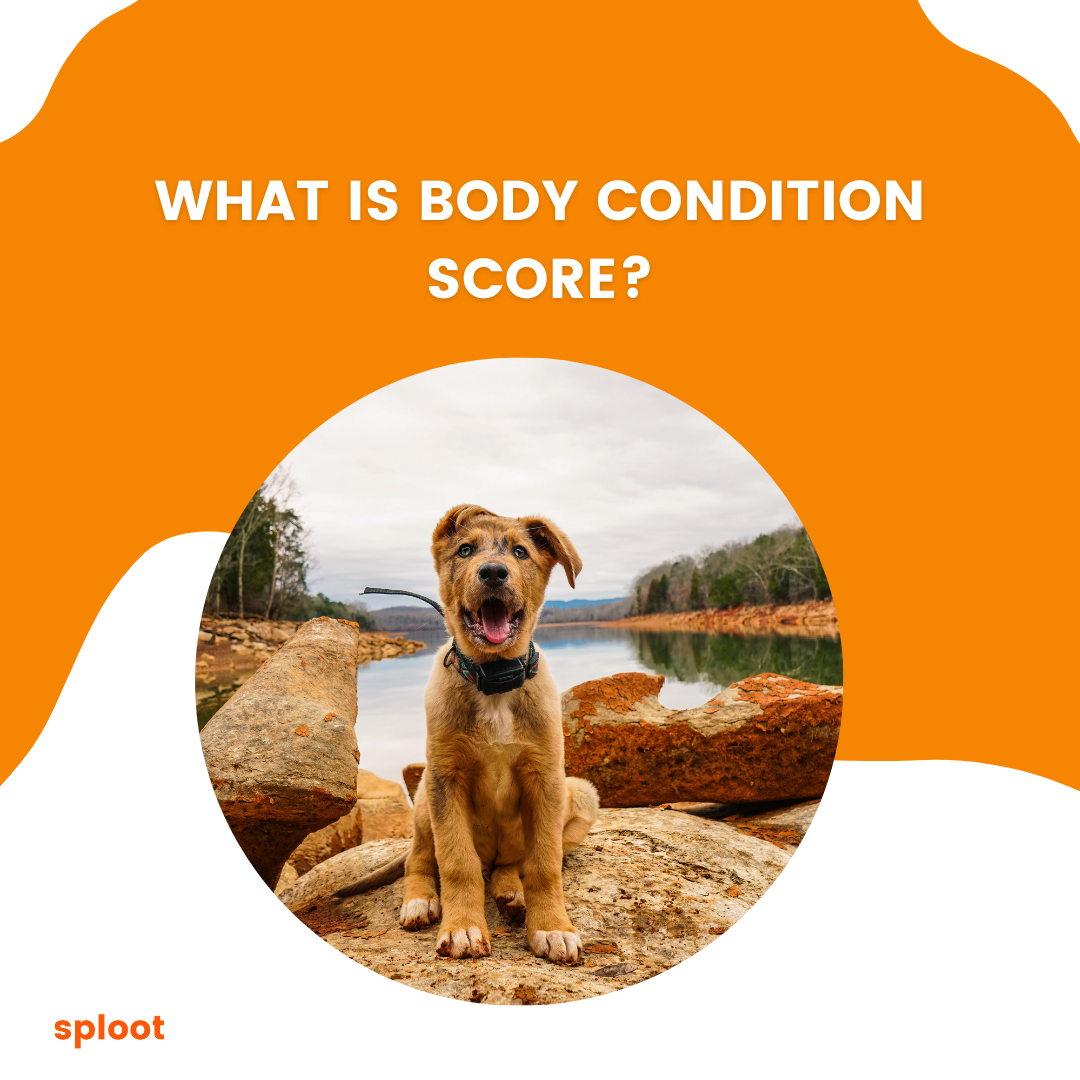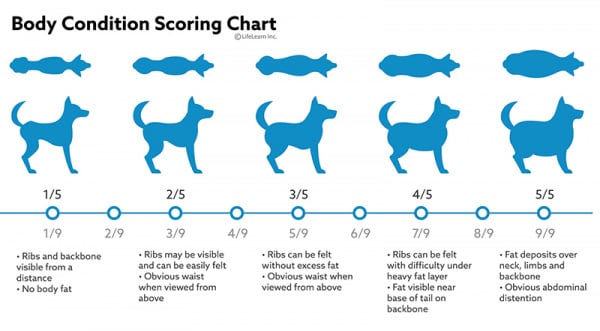What is body condition score?

We can all agree that most pet owners aren’t aware of what body conditioning is. Have you ever considered whether your cat or dog is obese? You’re certainly aware that assessing your pet’s weight and providing suggestions for weight reduction and nutrition are part of your pet’s yearly medical checkup, but did you know you can easily assess your pet’s bodily health at home between visits? Let us further understand what body conditioning is.

A body condition score (BCS) is a number designated to your pet based on an assessment of fat in a few key areas of their body. A BCS can have a value ranging from 1 to 9. (Though some hospitals use a 1 to 5 scale). A BCS of 1 indicates that an animal is dangerously underweight and is likely to die from malnutrition. A BCS of 9 indicates that an animal is highly overweight, coated in fat, and at danger of developing arthritis and diabetes, to mention a few obesity-related diseases. A BCS of 4-5 out of 9 is considered optimum. Every figure above 5 indicates that your pet is 10% overweight. A dog with a body condition score (BCS) of 7 out of 9 is roughly 20% overweight.
To estimate your pet’s bodily condition score, examine the ribs, waist, and hips:
· RIBS
With flat fingertips, you should be able to readily feel your pet’s ribs in an optimal bodily condition. If you have to use the tips of your fingers to identify the ribs, your pet is closer to 6 out of 9. If you have to use your fingertips to detect the ribs, that’s a 7 or 8 out of 9. If you can’t detect those ribs at all, your BCS will be 8 or 9 out of 9. On the other hand, if you can readily feel the ribs while only barely seeing them, that’s a 4 out of 9. If you can see your pet’s ribs from across the room, he or she has a BCS of 3 or less and is too thin. There are several exceptions for dogs with particularly slim bodies, such as greyhounds. You may practise on your hand by doing the following: Form a fist: The knuckles are 3/9, and the backs of your fingers are a perfect 5/9; now open your hand, palm up: the knuckles where your fingers meet your palm are a 7/9, and the center of your palm is a 9/9.
· WAIST
Behind the rib cage, there should be a discernible “waist.” When wet, you should be able to feel or see it in fluffy pets. From the side, you should be able to see a “tuck” in the abdomen that runs from the bottom of the chest to the hips.
· HIPS
Pets, like humans, develop “love handles”! You should be able to readily feel the hip points, with no spongy bulges on any side. If the hip bones can be seen plainly or there is no muscle on them, the pet is excessively thin.

A link to help out all the dog owners understand better.
For all the cat owners, the following links can help you with judging your baby’s body conditioning:
https://www.royalcanin.com/us/cats/health-and-wellbeing/using-a-cat-body-condition-score